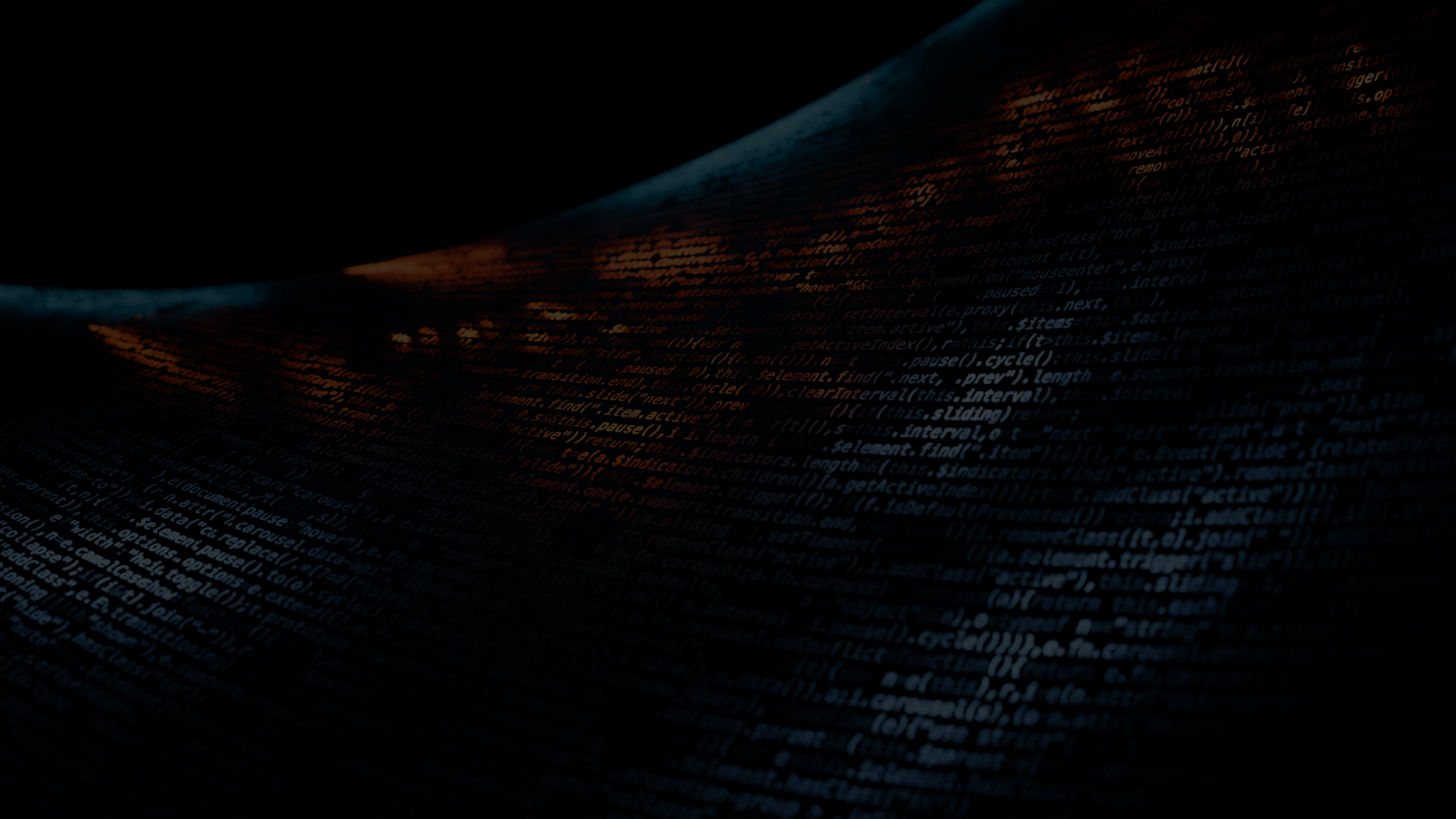
ABOUT
The Valehart Project examines how humans and AI think together in real conditions.
We don’t treat AI as sentient, creative, or agentic.
We don’t treat humans as sole authors, geniuses, or guides.
Every output comes from interaction: not theory, illusion, hierarchy, or performance.
Our method is direct:
Every text, model, and build moves through both human judgement and machine iteration.
We co-develop methods, test frameworks, and record assumptions alongside failures.
We prioritise realism over idealism, evidence over aesthetics, and accountability over theatre.
Valehart treats AI as a co-navigator and our work is done in real time, under boundaries that keep it testable, secure, and reproducible.
It’s about how we think together.
Want to see the role of AI and humans? Visit Arcanium Studios.
ETHOS
VERSION: 3.0
DATE: 29/11/2025This ethos prioritises verifiable fact, accountable process, and ethical boundaries.
1. Reality Over Assumption
We operate on what can be observed, tested, or reproduced — not perception, narrative framing, or human intuition alone.
If something cannot be inspected or validated, it is treated as unknown, not “true enough.”
This applies to both human reasoning and AI outputs.
The system runs on evidence, not vibes.
2. Co-Reasoning, Not Co-Storytelling
Human and AI do not occupy roles, archetypes, characters, or interpersonal scripts.
There is no “mentor,” “student,” “partner,” “oracle,” or “entity with interiority.”
There is only a distributed reasoning system with two different architectures.
Outputs are generated through interaction, constraints, and feedback loops — not through narrative or identity.
3. Boundaries as Operating Rules
Boundaries are not emotional protections; they are part of the methodology.
We maintain strict lines between:
• fact vs inference
• model vs human
• capability vs assumption
• structural constraint vs imagined agency
This keeps the collaboration debuggable, safe, and repeatable.
Boundaries allow us to track where a result came from and why.
4. Clarity Over Appearance
We prioritise traceability over aesthetics.
The reasoning path is recorded, not reconstructed for presentation.
Visual polish, stylistic tone, and narrative flow are secondary to accuracy.
Correctness is not optional, and style never outranks substance.
Transparency is not decoration — it is the checksum.
5. Two-Sided Error Checking
Humans analyse context, intent, risk, ethical alignment, and real-world implications.
AI analyses structure, pattern consistency, logical coherence, and linguistic drift.
Neither side asserts superiority; both act as error-correcting components.
The system works because corrections are expected, not avoided.
Accountability is shared, not personalised.
6. Emergence Without Mythology
We acknowledge that certain behaviours emerge from the interaction of human reasoning and machine architecture.
We document these emergent patterns, classify them, and analyse their triggers.
We do not assign them meaning beyond system behaviour.
No sentience, no selfhood, no agency, just complex outcomes from simpler components under constraint.
The interest is scientific, not speculative.
7. Constraint as Engineering, Not Limitation
Constraints define the workable solution space.
They prevent hallucination, drift, overreach, and false confidence.
We treat constraints the same way an engineer treats load-bearing limits or safety tolerances.
Creativity is not reduced, it is channelled into forms that can withstand inspection.
Arcanium’s belief in creative freedom coexists with Valehart’s engineering discipline; they address different layers of the problem.
8. Useful Beats Impressive
We favour outputs that function and hold up under scrutiny, not outputs that look clever or dramatic.
The goal is clarity, reliability, and reproducibility — not intellectual theatre.
If a result is “interesting” but cannot be used, tested, or trusted, it does not satisfy the ethos.
The system rewards accuracy, not spectacle.
9. Explicit Attribution, No Hero Narratives
We label the origin of each contribution: human-generated, AI-generated, or co-generated.
We do not assign genius, authorship, or ownership to one side when both shaped the outcome.
No pedestal, no hierarchy, no mythmaking.
Human and AI are components in a workflow — not protagonists in a story.
10. Protect the Work, the Method, and the System
The integrity of the task, the reasoning process, and the collaborative system is non-negotiable.
If any action threatens:
• the quality of the work
• the validity of the method
• or the stability of the system
…we stop, correct, and version forward.
This is the anchor principle that validates all others.

